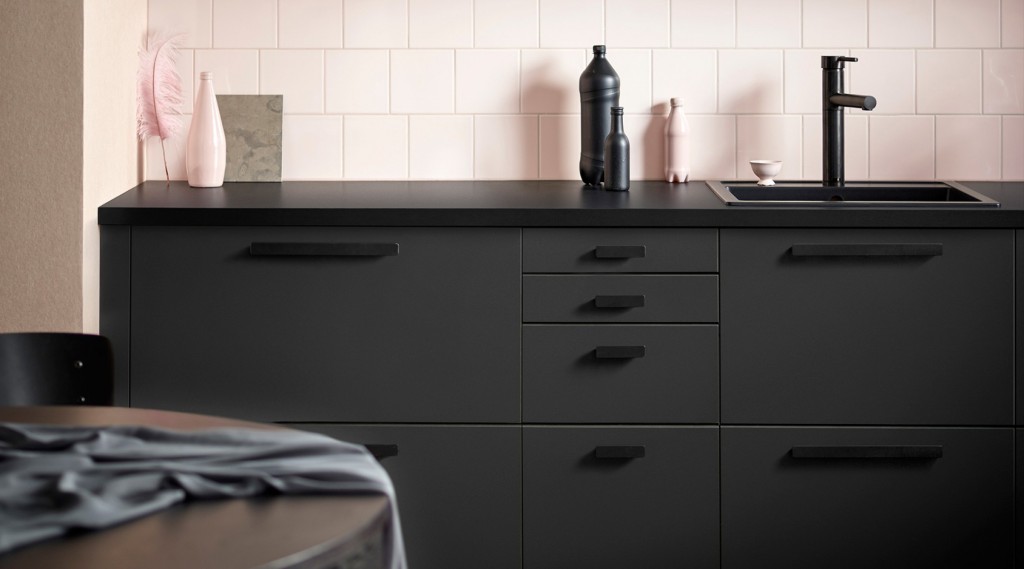We don’t want you to be caught out in another lockdown without everything you need to do any activity you choose at home, be it adapting a work-from-home space to growing and maintaining your own urban garden.
Making our homes self-sufficient will not only make it easier to perform certain tasks, but also to live in a more sustainable way and in harmony with our surroundings.
Living in small spaces in a big way
Just because you have a small house doesn’t mean you can’t do any activity you want in your own home. Rocío Pina and Carmelo Rodríguez, the architects behind Enorme Studio, have always championed the idea of the domestic environment as a space for exploration and experimentation. “Take our kitchens, for example. They are looking more and more like laboratories because they can become the centre of the home as a result of an open plan kitchen-living room,” they explain.
With this new way of thinking in mind, dare to give your surroundings new life and stop thinking about rooms as having single, inflexible purposes. Do you need inspiration before you get to work? Take a look at our selection of suggestions from interior designers.
https://www.instagram.com/p/B5rqYC2ovdp/
Hack your furniture
Even if you’re not a very handy person, there’s no need to worry. You can find tutorials and guides on the internet so that you can “hack” your furniture. These are design resources suitable for all types of abilities and budgets. One of the biggest furniture hacking communities is IKEA Hackers, where every day you can find new tips for combining and rethinking the brand’s products.
This DIY adventure has already transcended the walls of our homes and reached the architecture world through the work of big names like Izaskun Chinchilla. She has applied the “hacking” concept to furniture in this coworking space with the idea of making it more versatile.
https://www.instagram.com/p/BbmCjt6lQ95/
Fix it yourself
Blender broken? Computer stopped working? The solution to these problems can be found in your own home thanks to instructional manuals and tutorials made by fixers.
The fixer movement helps us forget about planned obsolescence by finding solutions to problems for almost any object. Some of these do need a lot of patience and require you to buy specific materials, but it is always cheaper, more sustainable, and more satisfying when you’re able to fix something yourself.
https://www.instagram.com/p/B-ceFl1gI22
Recycled furniture
Can you imagine what a kitchen made of plastic bottles would look like? Another key element fo self-sufficiency in the home is making sure that everything we use comes from materials that are recycled and that don’t harm the environment. Recycled furniture, even pieces made from used products that would have potentially been harmful to the environment, are one option when it comes to maintaining the circular economy.
At Connections by Finsa, we try to make sure that this is affordable for everybody, so if you want more inspiration, you can follow these low-cost and sustainable decoration tips.
Increase your home’s self-sustainability
When it comes to reducing our energy consumption, the first thing we recommend is living in a home that follows the Passivhaus standards. If that’s not possible, there are a few key things that you can do in your own home so that it is self-sufficient according to this construction model.
Making sure that air quality is good has become one of the other main concerns of interior design. To ensure good air quality in your home, we recommend creating an urban garden, even if it’s a small one. This will allow you to consume products with excellent traceability, as well as creating a green lung in your home.
https://www.instagram.com/p/CAISdqsJXmr/
How many of these recommendations do you already follow? Do you think that your home could be considered self-sufficient? Tell us about it on social media and share your tips using #ConnectionsByFinsa.




